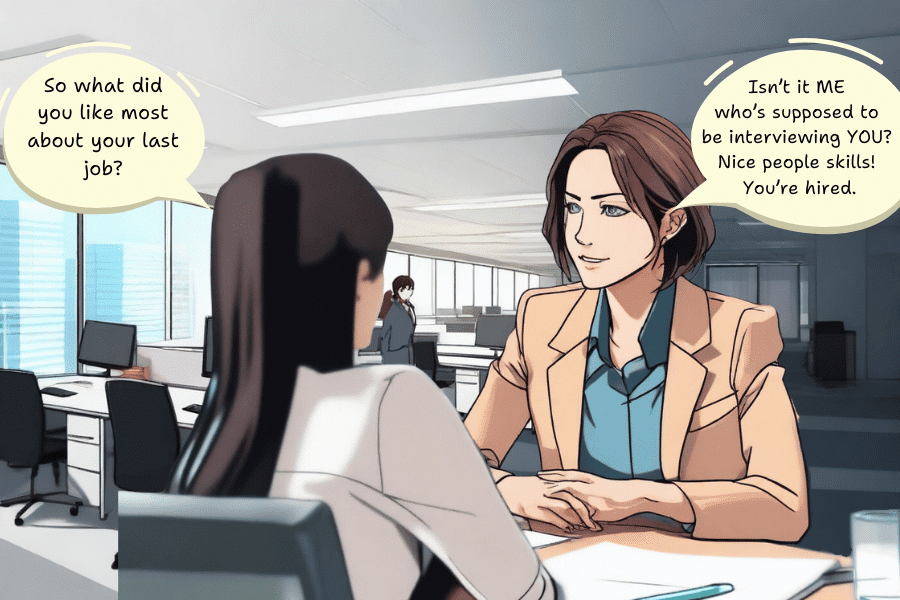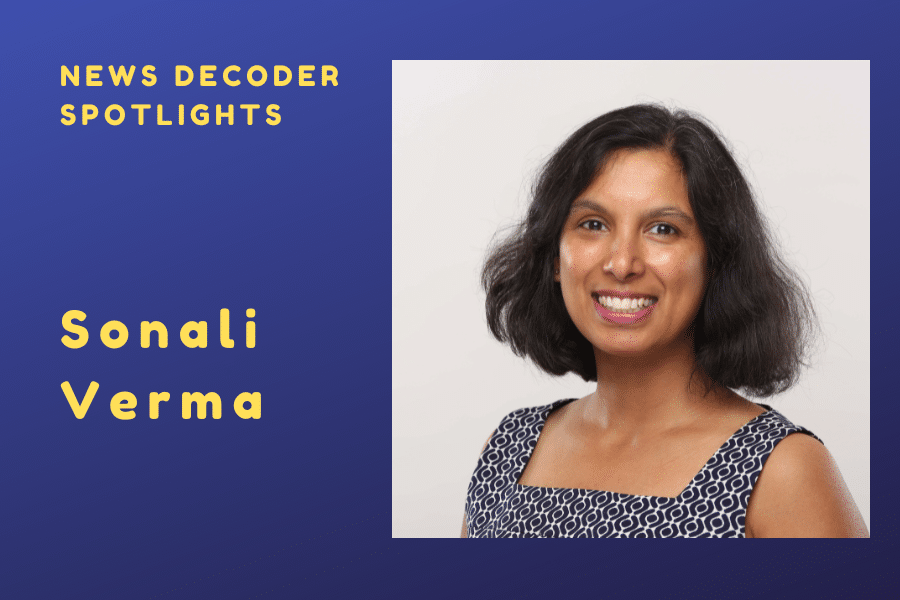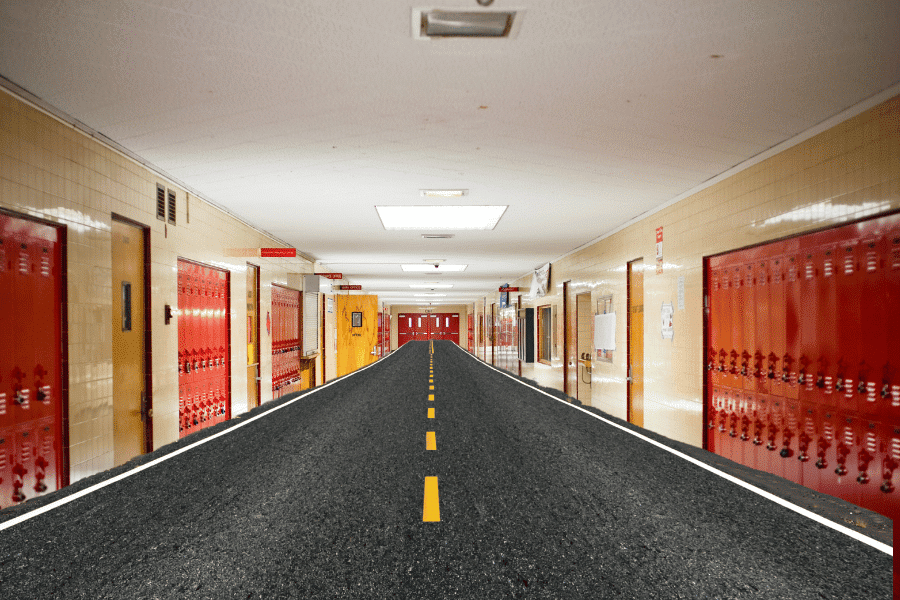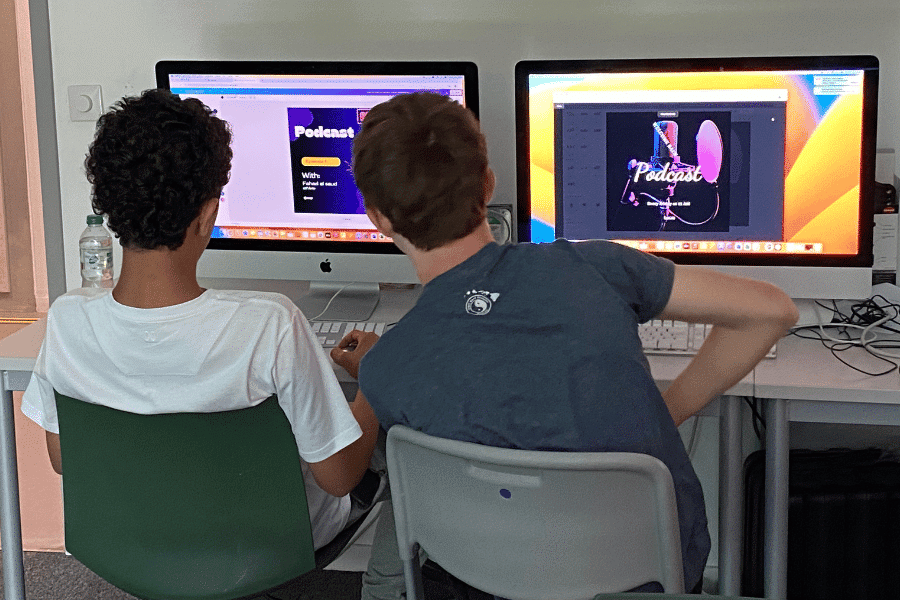
by Sabine Berzina | 2 Aug 2024 | Journalism, News Decoder Tips
Go into politics? Be a doctor? Sell cars? Synthesizing info, listening, asking questions and handling deadlines are valuable skills whatever the job. One woman interviewing another for a job realizes she is the one being interviewed. (Illustration by News Decoder)...

by Jeremy Solomons | 26 Jul 2024 | News Decoder Tips
Leaders don’t suddenly materialise. They struggle as they hone their leadership skills. To be a great leader you just need to believe in yourself. Max Gakuba gives a speech before an imaginary crowd. (Photo illustration by News Decoder) Journalism and activism...

by Kaja Andrić | 8 Jul 2024 | Journalism, News Decoder Updates
Sonali Verma, who joins News Decoder’s board of trustees, pioneered the use of artificial intelligence in gathering journalism data. Photo courtesy Sonali Verma. Sonali Verma reads about AI for fun. Verma, peeling into laughter, doesn’t come across as funny. But...

by Nelson Graves | 5 Jul 2024 | La Jolla Country Day School, News Decoder alumni, News Decoder Tips, School Year Abroad
News Decoder asked four young women for advice for high school students. They say the future is what you make it but it might not be what you expect. A highway starts out of a high school corridor. (Illustration by News Decoder) In News Decoder’s Top Tips, we...

by News Decoder | 4 Jul 2024 | Journalism, Media Literacy, News Decoder Updates
Over five days, young people working with News Decoder mastered the art of interviewing and learned what it takes to turn audio into a podcast. Two teens create cover artwork for their podcasts at a News Decoder camp on audio storytelling at the American School of...





